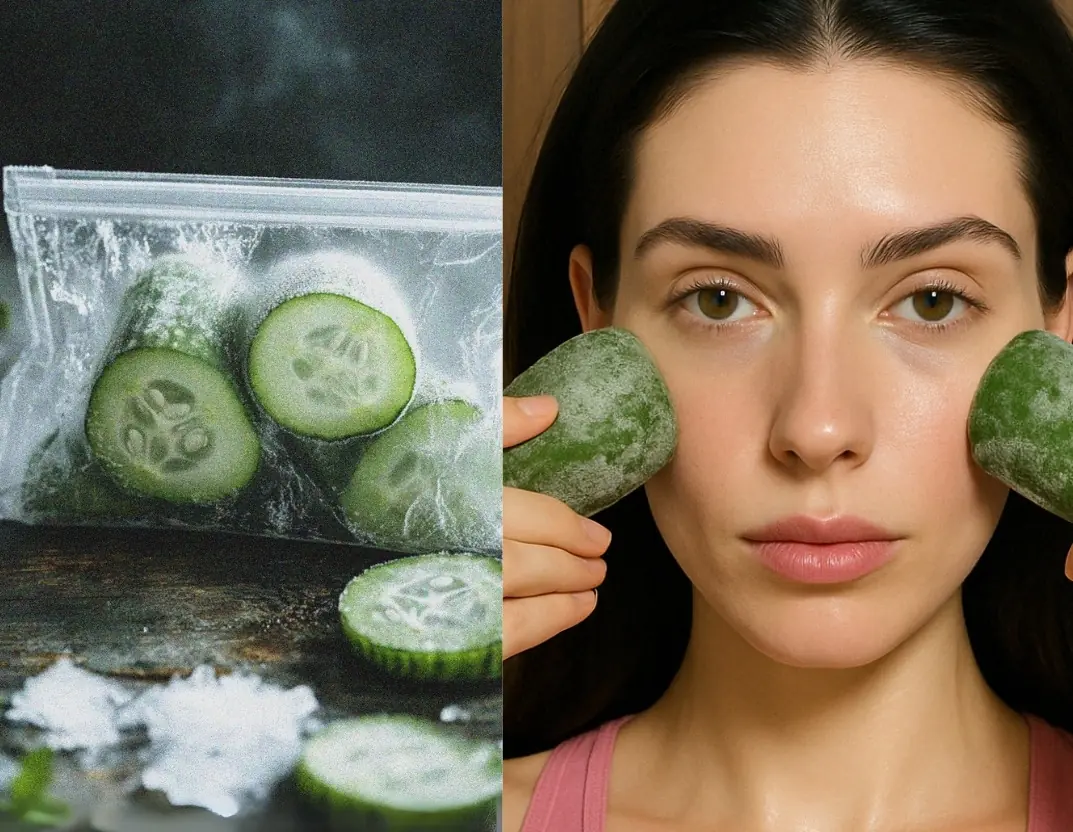
The Amazing Benefits of Using Frozen Cucumber for Gua Sha: A Natural and Effective Skincare Hack
Frozen cucumber Gua Sha is a simple, effective, and natural skincare solution that provides a multitude of benefits for your skin.
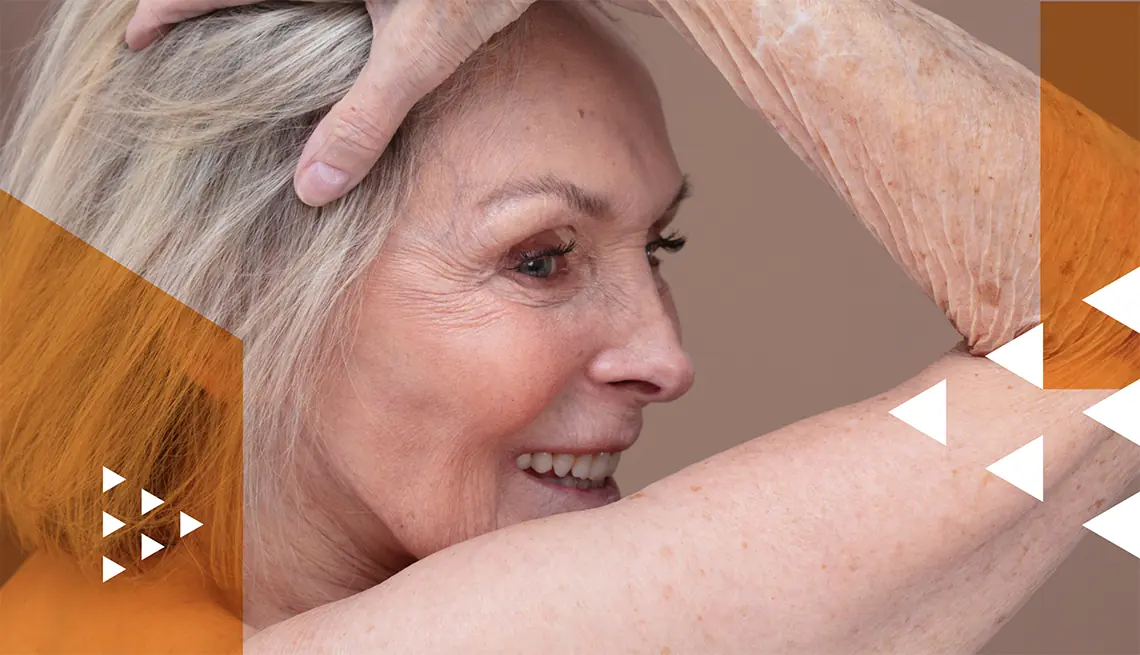
Aging is a natural part of life, but when it comes to your skin, the signs of time can sometimes feel overwhelming. Wrinkles, sagging, dryness, and age spots can all become more noticeable as we get older. However, understanding how aging affects your skin and what steps you can take to slow down these changes can help you maintain a radiant, youthful complexion for as long as possible. In this article, we will explore five key ways your skin changes as you age, along with practical tips and expert advice to keep your skin looking its best.
1. Wrinkles and Sagging: How to Maintain Firm, Youthful Skin
As we age, one of the most noticeable changes to our skin is the development of wrinkles and sagging. This is primarily due to the decrease in collagen production, the protein that helps keep your skin firm, elastic, and smooth. Collagen production starts to decline in your mid-20s, and by your 30s, you may be losing about 1% of collagen each year. By the time you're in your 40s and beyond, the lack of collagen can make your skin start to sag, form deep wrinkles, and develop fine lines.
Sun exposure is one of the primary factors that accelerates collagen breakdown. UV rays from the sun damage collagen fibers, making it harder for your skin to snap back after being stretched, leading to sagging and wrinkles.
What You Can Do:
Daily Sunscreen: Protecting your skin from further damage is crucial. Wearing sunscreen with an SPF of at least 30 every day will help you preserve your collagen and protect against sun-induced wrinkles.
Retinol: Incorporate retinol-based products into your skincare routine. Retinol stimulates collagen production, helps improve skin texture, and reduces the appearance of fine lines and wrinkles. Over-the-counter retinol creams or prescription formulas like Retin-A or tretinoin can work wonders.
Cosmetic Procedures: If you're looking for more noticeable results, consider in-office treatments such as Botox, hyaluronic acid fillers (Restylane, Juvederm), laser resurfacing, dermabrasion, or microneedling. These treatments can smooth out existing wrinkles and help restore youthful volume to the skin.
2. Thinner, Duller, and More Fragile Skin: How to Restore Radiance
As you age, your skin naturally loses collagen and fat, leading to a thinner, more fragile outer layer. This thinning can cause your skin to lose its youthful radiance and appear duller. Additionally, the blood vessels underneath your skin become more fragile, making it easier for you to bruise. Skin may also appear more translucent, and the texture could become paper-thin.
Aging and sun exposure both contribute to the thinning of the skin, which can also increase the risk of damage.
What You Can Do:
Use Retinol: Applying retinol can help thicken the skin’s outer layer, improving its appearance. Studies have shown that retinol can help restore dermal thickness and give skin a firmer texture.
Moisturization: Keep your skin hydrated with a rich moisturizer. A high-quality moisturizer helps restore some of the skin’s elasticity and protect the skin from further thinning.
Gentle Skincare: Avoid harsh skincare products or aggressive scrubbing, as these can exacerbate skin fragility. Instead, opt for gentle, nourishing products that protect and hydrate the skin.
3. Age Spots and Discoloration: Brightening and Evening Skin Tone
Age spots, also known as liver spots or sun spots, are flat, dark patches that typically develop in areas exposed to the sun, such as your face, hands, arms, back, and feet. These spots become more common as you age, especially for those over 50. Though age spots are usually harmless, they can make the skin look older and more uneven.
The primary cause of age spots is sun exposure, which stimulates the production of melanin, the pigment responsible for skin color. The more time you spend in the sun, the more likely you are to develop these spots over time.
What You Can Do:
Sunscreen: Prevention is key. Always apply sunscreen with an SPF of at least 30 to exposed areas to protect against further sun damage.
Brightening Creams: Consider using creams that contain ingredients like hydroquinone, retinol, or vitamin C. These can lighten dark spots and even out skin tone over time.
Laser Treatments: For more immediate results, consult with a dermatologist about laser treatments, chemical peels, or microdermabrasion. These procedures can help reduce the appearance of age spots and improve overall skin tone.
4. Dryness and Itchiness: Hydrating Your Skin to Combat Discomfort
As you age, your skin produces less sweat and sebum, which are essential for moisturizing and protecting the skin. This decrease in natural oils leads to dry, flaky, and sometimes itchy skin. Many older adults experience red, scaly patches, particularly on the elbows, lower arms, and legs, and some may have cracked, bleeding hands due to extreme dryness.
What You Can Do:
Moisturize Regularly: Keep your skin hydrated by using thick moisturizing creams or ointments. Apply them immediately after showering when your pores are open to lock in moisture.
Use a Humidifier: Running a humidifier at night can help add moisture to the air and prevent your skin from drying out.
Gentle Cleansing: When washing your skin, use lukewarm water instead of hot water, as hot water can strip your skin of its natural oils. Avoid harsh soaps that can dry out the skin, and opt for gentle, hydrating cleansers instead.
Prescription Creams: If your skin becomes extremely dry or cracked, consider consulting a dermatologist. A topical steroid may be prescribed to alleviate severe dryness and itchiness.
5. Noncancerous Growths: Dealing with Skin Tags, Warts, and Cherry Angiomas
As we age, our skin can develop various noncancerous growths, such as skin tags, seborrheic keratoses (wart-like patches), and cherry angiomas (small red dots made of blood vessels). While these growths are generally harmless, they can become bothersome or unsightly over time.
Skin cancer is also more prevalent in older adults, so it’s important to monitor any growths that change in appearance, grow rapidly, or bleed.
What You Can Do:
See a Dermatologist: If you notice any new growths or changes in existing ones, have them evaluated by a dermatologist.
Treatment Options: If growths become problematic, dermatologists can remove them through various procedures, such as freezing with liquid nitrogen, laser treatments, or surgical excision.
Conclusion: Embracing Aging Skin with Confidence
Aging skin brings changes that are natural and inevitable, but with the right care and attention, you can maintain a vibrant, youthful appearance for years to come. From protecting your skin from sun damage to nourishing it with moisturizers and retinol, these expert tips can help slow down the aging process and improve the overall health of your skin.
While aging skin may require a little extra care, it’s important to remember that it’s beautiful in its own right. Embrace the changes with confidence, and continue to take care of your skin in ways that enhance its natural radiance. Whether you’re looking to prevent wrinkles, manage dryness, or reduce age spots, there are plenty of effective solutions available to help you maintain glowing skin at any age.
| Michelle Crouch is a contributing writer who has covered health and personal finance for some of the nation’s top consumer publications. Her work has appeared in Reader’s Digest, Real Simple, Prevention, The Washington Post and The New York Times. |

Frozen cucumber Gua Sha is a simple, effective, and natural skincare solution that provides a multitude of benefits for your skin.
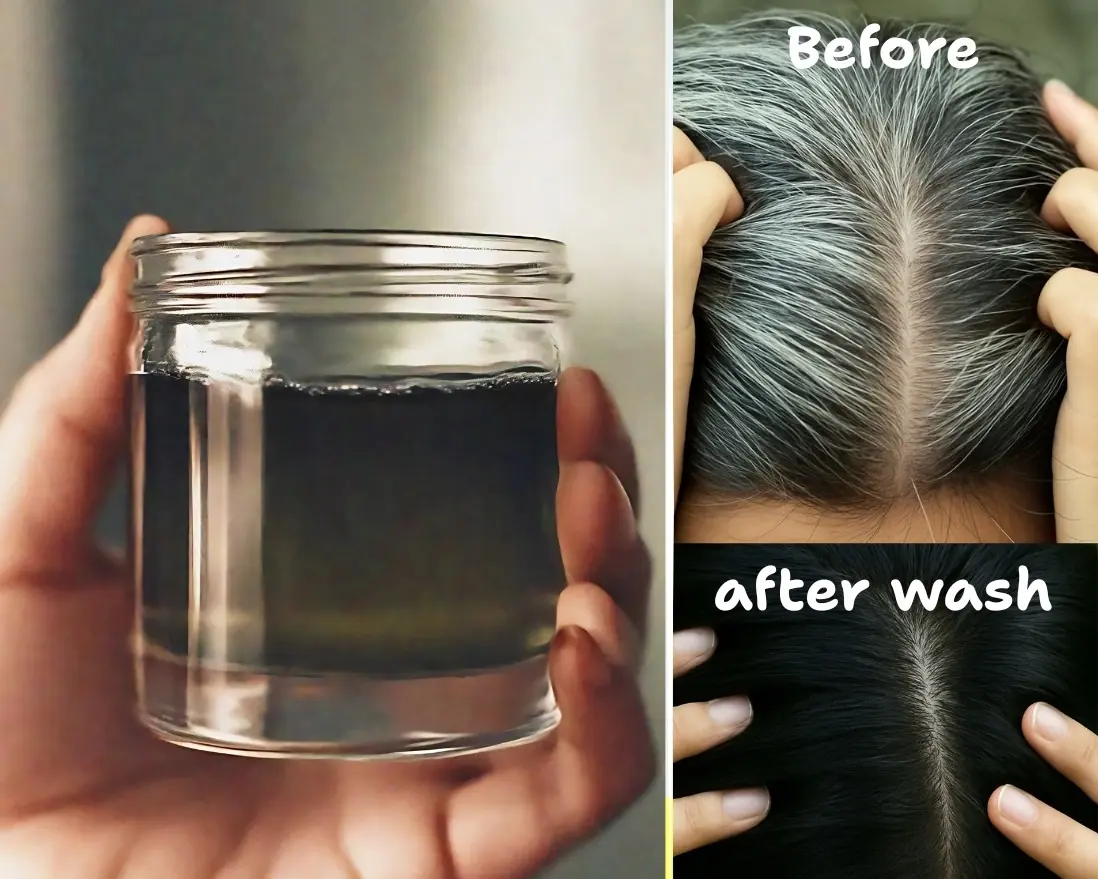
The 2-minute DIY black shampoo is a simple, natural solution for those looking to restore their hair’s natural color, improve scalp health, and promote hair growth.

By supporting collagen production, improving skin hydration, and protecting the skin from damage, this drink can help reverse the visible signs of aging and give you a more radiant complexion.

This simple, natural ingredient provides numerous benefits, from improving skin texture to brightening and hydrating the skin

By using natural ingredients like strawberries, papaya, lemon, and apple cider vinegar, you can create an effective skincare treatment that exfoliates, brightens, and nourishes the skin.

To achieve the best results, drink one glass of this collagen-boosting beverage every morning on an empty stomach.
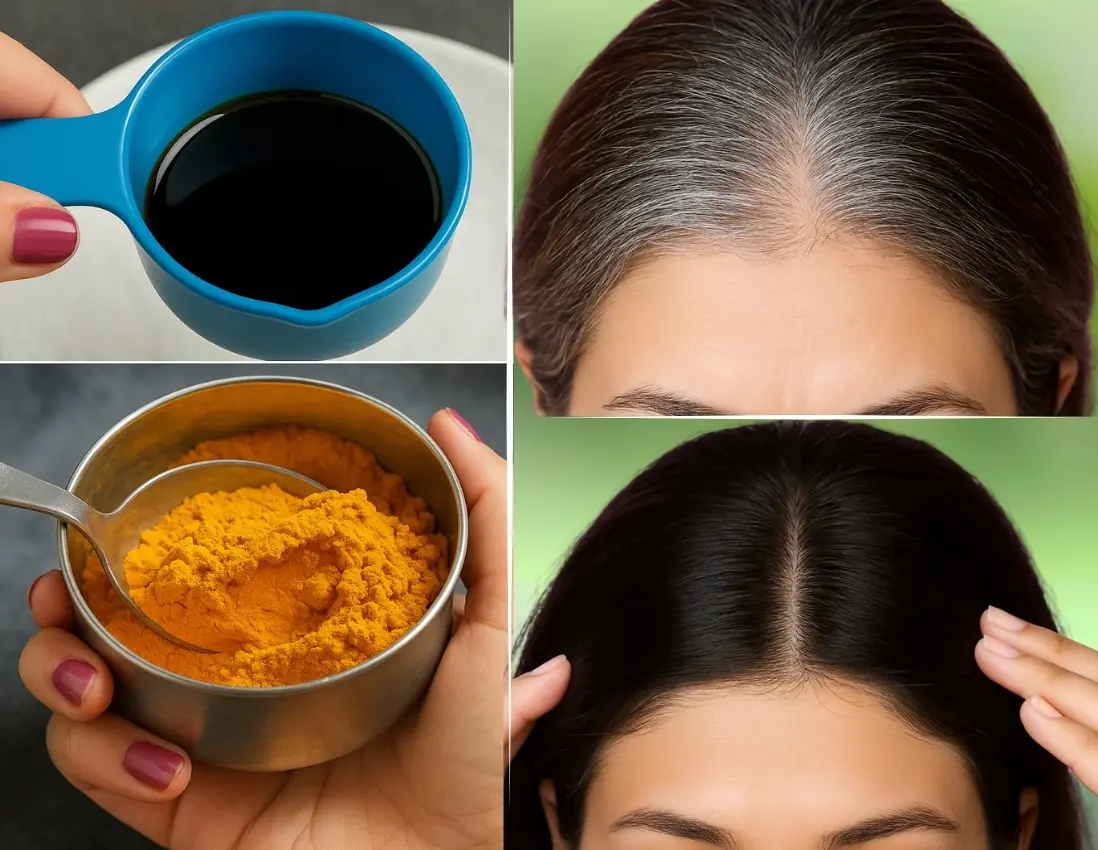
By using this simple, nourishing remedy regularly, you can achieve vibrant, shiny, and healthy hair without the need for harsh chemicals or expensive salon treatments.

Potato gel is a simple, natural, and highly effective remedy for achieving clear, glowing skin.
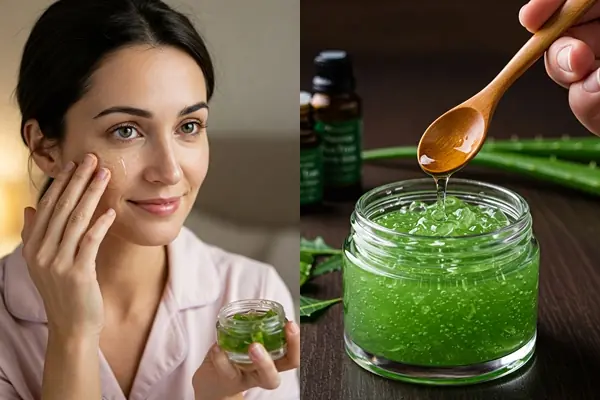
With consistent use, you’ll see your skin transform into a clear, radiant, and youthful-looking canvas.
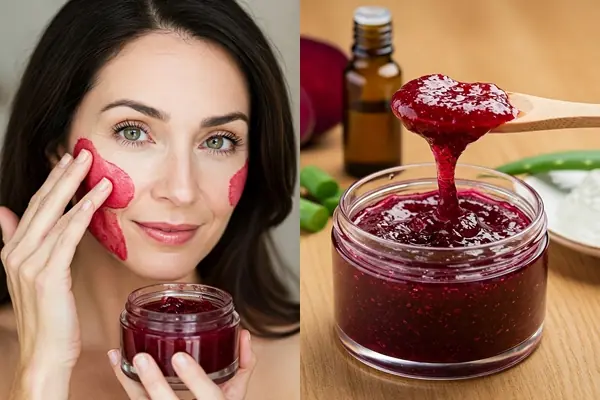
By harnessing the power of beetroot’s antioxidants, Vitamin C, and anti-inflammatory properties, you can address a variety of skin concerns, including acne, dark spots, and dull skin.
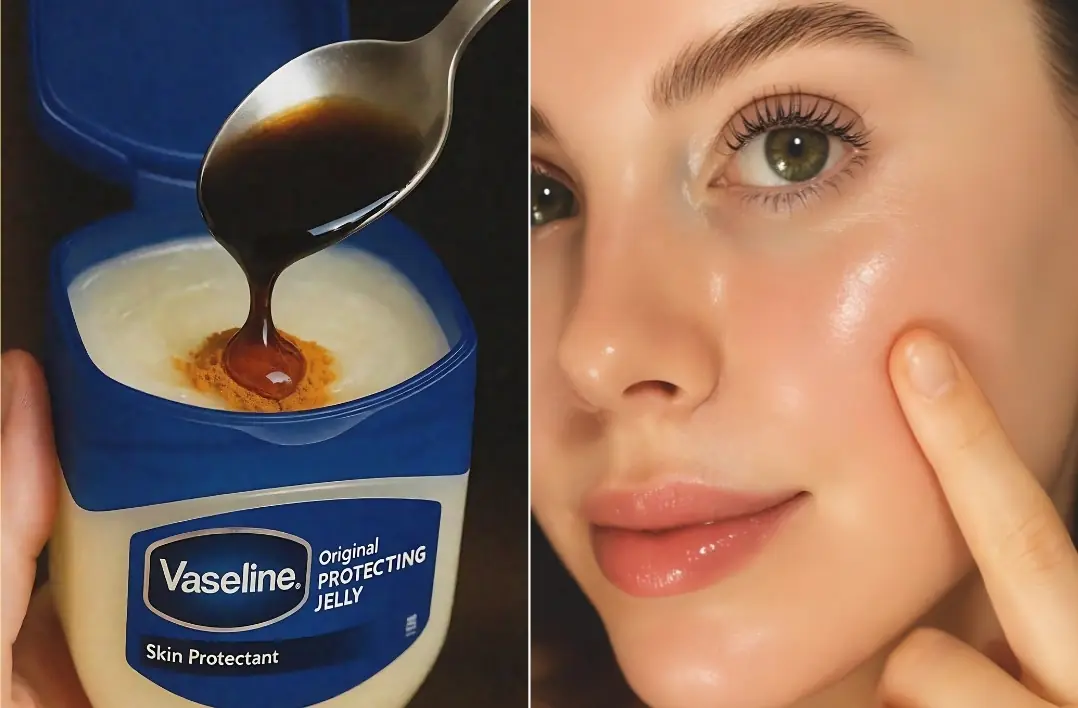
Vaseline offers a wide range of benefits that make it an essential addition to any beauty routine.
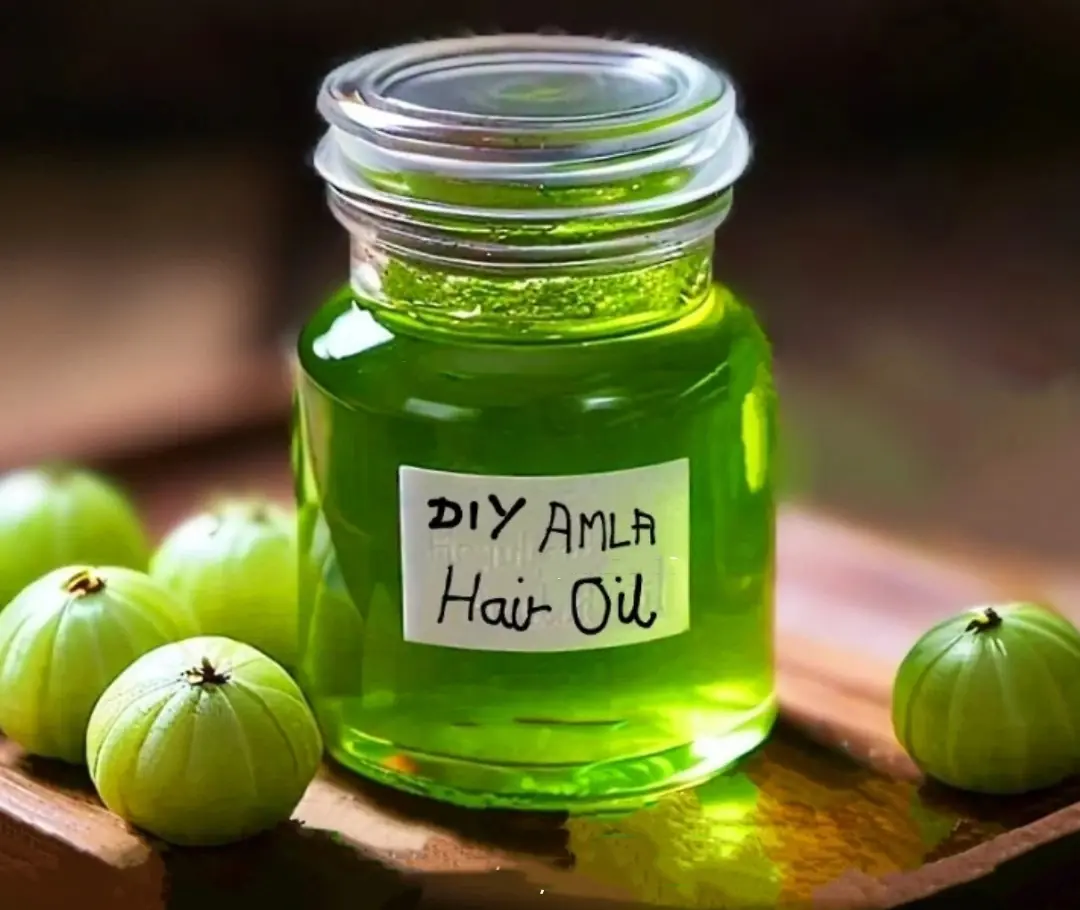
With regular use, amla oil can help you achieve thicker, longer, and healthier hair, while also improving scalp health and preventing premature graying.
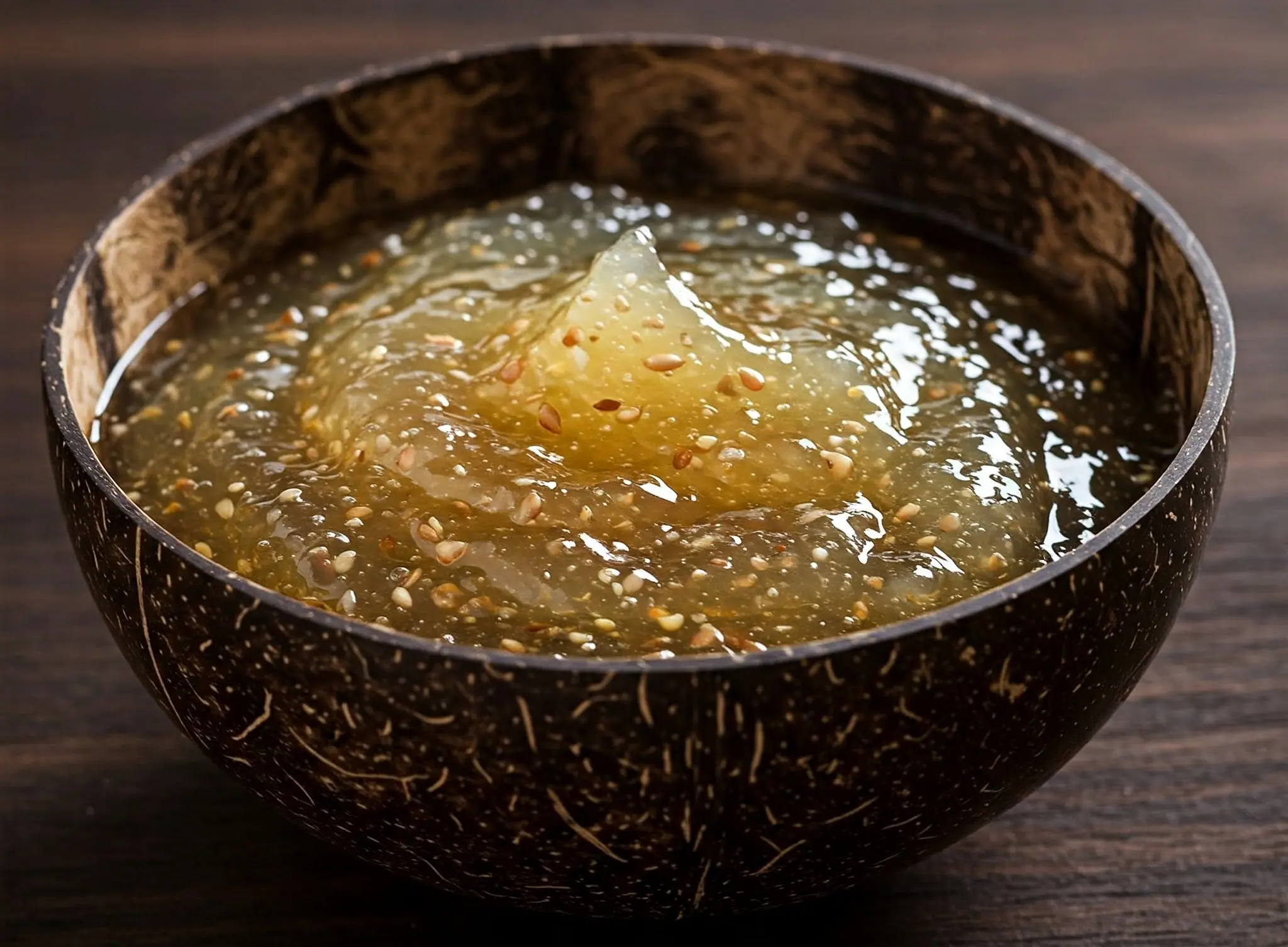
By incorporating flaxseed gel into your skincare routine, you can achieve radiant, youthful-looking skin without the need for harsh chemicals or expensive treatments.
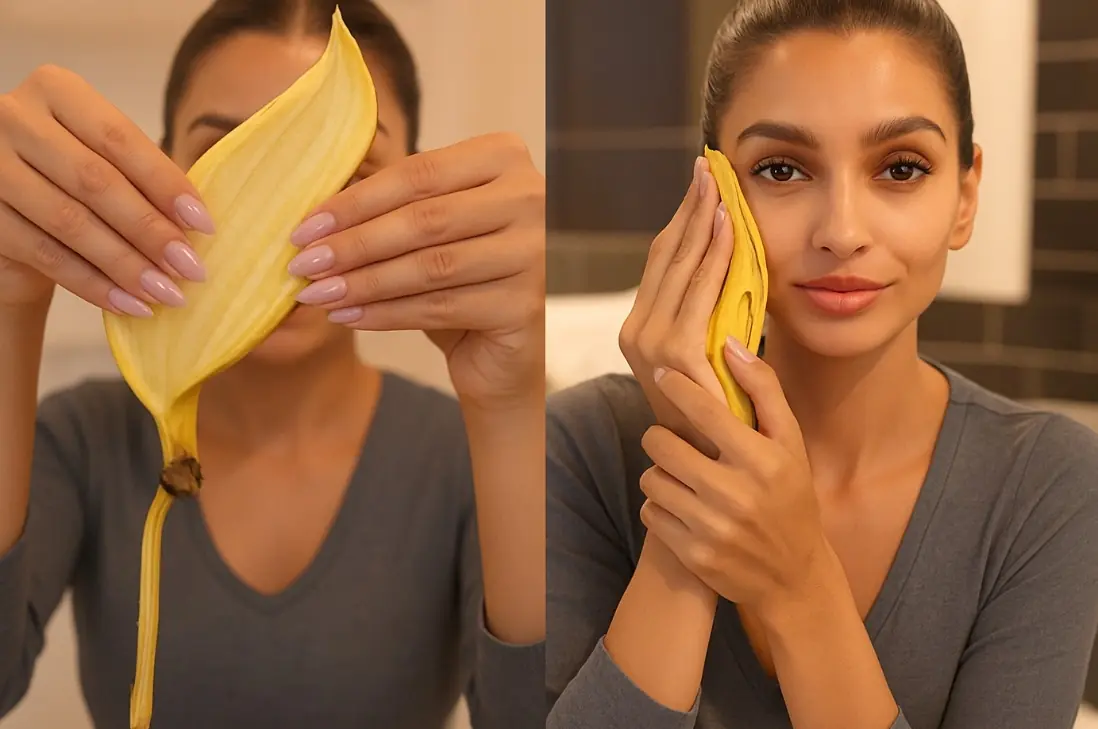
By incorporating these remedies into your skincare routine and maintaining a consistent regimen, you’ll soon notice a smoother, clearer complexion with smaller, less noticeable pores.
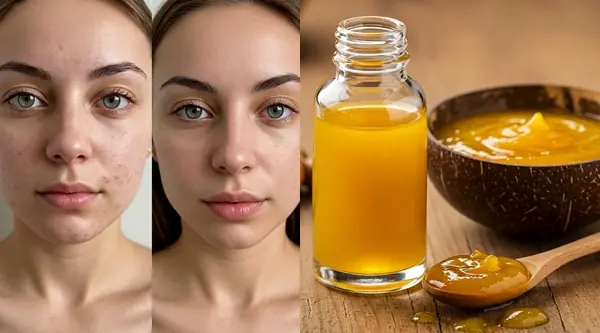
Turmeric is a powerful, all-natural remedy for dark spots, hyperpigmentation, acne scars, and uneven skin tone.

The cumin seed drink is an effective, natural, and safe way to jump-start your weight loss journey.

Age spots are common as we age, but there are ways to prevent and treat them. Discover expert advice on sun protection, topical treatments, and cosmetic procedures to help lighten dark spots and keep your skin looking youthful.
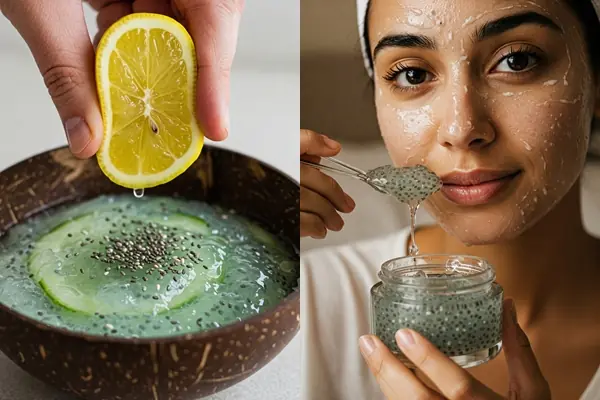
By using ingredients that are rich in antioxidants, omega-3 fatty acids, and hydration, this mask will help restore your skin’s youthful appearance and give you that radiant, glass skin look.
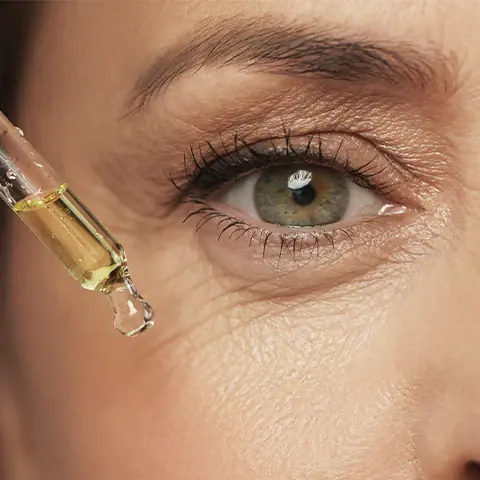

Director Joel Lamangan has announced plans to produce a biopic about the life of Nora Aunor, the late National Artist and Superstar of Philippine entertainment.

KC Concepcion received a heartwarming surprise for her 40th birthday when her mother, Megastar Sharon Cuneta, flew to Amanpulo to celebrate with her.

Frozen cucumber Gua Sha is a simple, effective, and natural skincare solution that provides a multitude of benefits for your skin.


The 2-minute DIY black shampoo is a simple, natural solution for those looking to restore their hair’s natural color, improve scalp health, and promote hair growth.

Park ranger K. Salapek saved a German Shepherd from heat exhau$tion on a hike. Read this heroic story! ❤️🐾

Diane Crump made history as the first female jockey at the 1970 Kentucky Derby. Discover her inspiring journey! ❤️🏇

By supporting collagen production, improving skin hydration, and protecting the skin from damage, this drink can help reverse the visible signs of aging and give you a more radiant complexion.

A mom reflects on her daughter’s honors class d!lemma, pri0r!tizing ment@l health over pressure. Read this insightful story! ❤️📚

A former math teacher helped a father relearn fractions on the subway to teach his son. Read this heartwarming story! ❤️🚇

This simple, natural ingredient provides numerous benefits, from improving skin texture to brightening and hydrating the skin
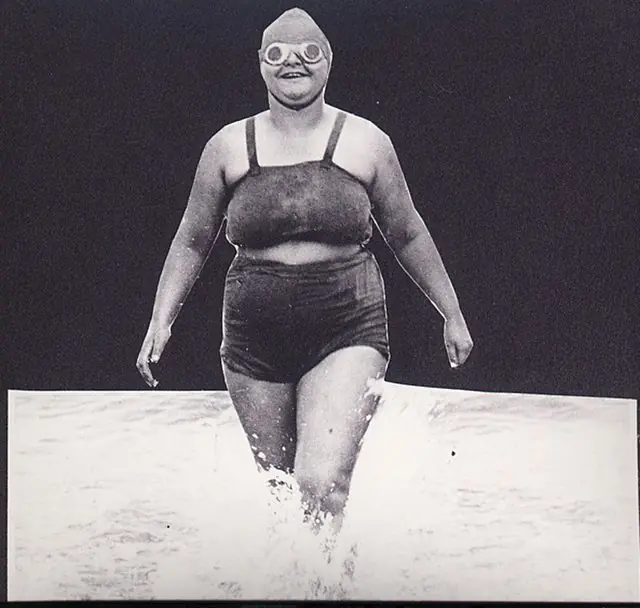
Ethel ‘Sunny’ Lowry became one of the first British women to swim the English Channel in 1933. Discover her story! ❤️🏊♀️

Tay gave Retro Jordans to a b:u:ll!ed student at Greenwood High, spreading kindness. Read this heartwarming story! ❤️👟

Joshua Bell played incognito at a D.C. Metro station, but few noticed. Discover this eye-opening 2007 experiment! ❤️🎻

By using natural ingredients like strawberries, papaya, lemon, and apple cider vinegar, you can create an effective skincare treatment that exfoliates, brightens, and nourishes the skin.

Mrs. Tip Estes’s 1937 photo captures the resilience of women during the Great Depression. Discover her story! ❤️🌾

To achieve the best results, drink one glass of this collagen-boosting beverage every morning on an empty stomach.

By using this simple, nourishing remedy regularly, you can achieve vibrant, shiny, and healthy hair without the need for harsh chemicals or expensive salon treatments.

When Klaura discovers that her sister Luciana has been secretly allowing her ex to see their son, emotions run high. A heart-wrenching story of betrayal, forgiveness, and rebuilding trust.

Potato gel is a simple, natural, and highly effective remedy for achieving clear, glowing skin.